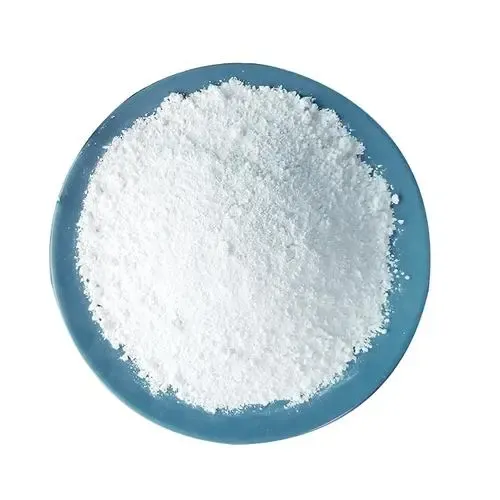
9 月 . 14, 2024 01:21 Back to list
Food Grade Titanium Dioxide - Safe and Quality Food Additive
The Role of Titanium Dioxide in Food A Comprehensive Overview
Titanium dioxide (TiO2) is a widely used food additive that has garnered attention for its role in the food industry. Commonly recognized by its E number, E171, titanium dioxide is primarily utilized for its pigmentary properties, adding brightness and opacity to various food products. This article explores the uses, safety considerations, and regulatory scrutiny surrounding titanium dioxide in food.
Uses of Titanium Dioxide in Food
Titanium dioxide is extensively employed in the food industry as a whitening agent. Its ability to scatter light makes it an effective opacifier, essential for enhancing the visual appeal of a wide range of products. It is often found in processed foods like confectionery, dairy products, and baked goods, where it helps maintain the desired color and appearance. Additionally, it can improve the texture by preventing the settling of ingredients, ensuring a consistent product.
Beyond its functional roles, titanium dioxide also contributes to consumer perception. In an age where visual presentation significantly influences purchasing decisions, manufacturers leverage this additive to ensure their products appear fresh and inviting. By enhancing the aesthetic qualities of food, titanium dioxide plays a crucial role in marketing and consumer satisfaction.
Safety and Regulatory Concerns
Despite its prevalent use in the food industry, titanium dioxide has faced scrutiny regarding its safety. Recent studies have raised questions about the potential health effects of ingesting this additive. Concerns have primarily centered around its nano-sized particles, which may be more environmentally and biologically reactive than larger particles. Some research suggests that ingestion of these nanoparticles might pose risks to human health, including carcinogenic effects in certain contexts.
titanium dioxide food grade

In response to these concerns, various regulatory bodies have conducted reviews of titanium dioxide's safety. For instance, the European Food Safety Authority (EFSA) in 2021 concluded that titanium dioxide can no longer be considered safe as a food additive, prompting the European Commission to propose a ban on its use in food products. This decision has sparked considerable debate, with many stakeholders advocating for more extensive research to understand the implications fully.
Industry Response and Future Directions
The food industry is currently grappling with the implications of these regulatory changes. Manufacturers are exploring alternative food additives to replace titanium dioxide, seeking options that provide similar aesthetic and functional benefits. Natural alternatives, such as beetroot powder or calcium carbonate, are gaining traction, although they may not perfectly replicate titanium dioxide's properties.
Consumer awareness is also increasing regarding the ingredients in food products. As people become more health-conscious and informed about potential additives, transparency regarding food labeling is becoming increasingly vital. Companies are now challenged to align their practices with consumer expectations while ensuring product quality remains uncompromised.
Conclusion
Titanium dioxide has played a significant role in enhancing the visual appeal and quality of food products. However, emerging research and regulatory scrutiny highlight the need for manufacturers to assess the safety and long-term implications of its use. As the food industry adapts to these changes, embracing innovation and transparency will be essential in maintaining consumer trust and ensuring public health. With ongoing research and a growing emphasis on natural ingredients, the future of food additives like titanium dioxide remains a dynamic and evolving field. The ongoing dialogue between regulatory authorities, manufacturers, and consumers will undoubtedly shape the landscape of food products in the years to come.
-
Lithopone for Plastic & TiO2 R-5568/SK-6658 Masterbatch Solutions
NewsMay.30,2025
-
China Leading Rutile TiO2 Manufacturer - R5566 & R996 Grades Available
NewsMay.30,2025
-
High-Purity Anatase & Rutile TiO2 Powder Trusted Manufacturer
NewsMay.30,2025
-
High-Purity Anatase Products Trusted Supplier & Manufacturer
NewsMay.29,2025
-
Best Price Eco-Friendly Rutile TiO2 Supplier & Wholesale Factory
NewsMay.29,2025
-
Chinese Anatase Titanium Dioxide for Ceramic Glaze Reliable Supplier
NewsMay.29,2025
